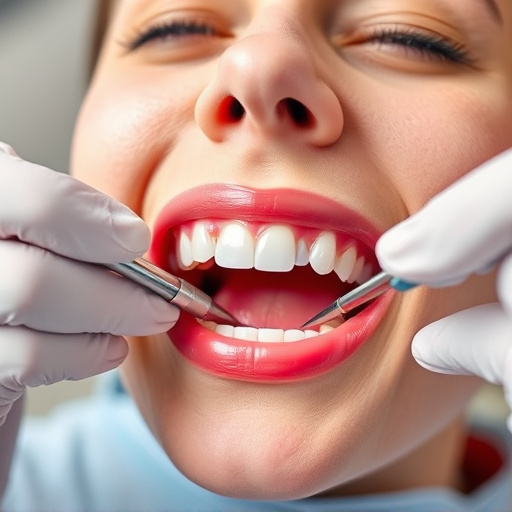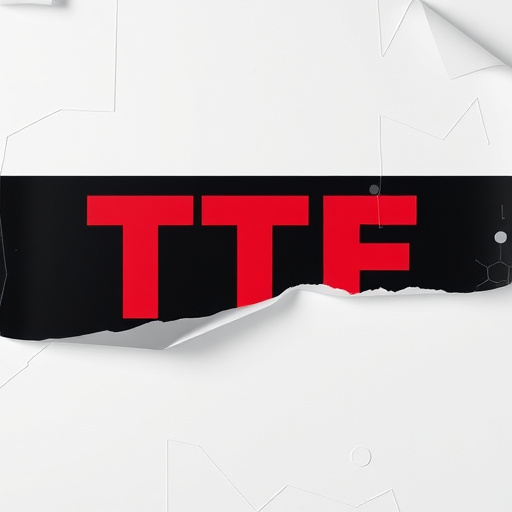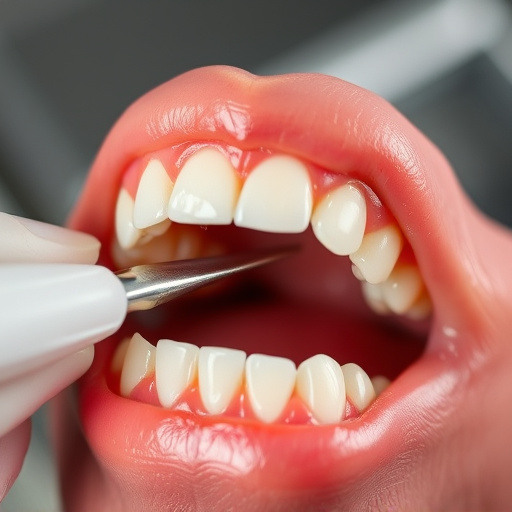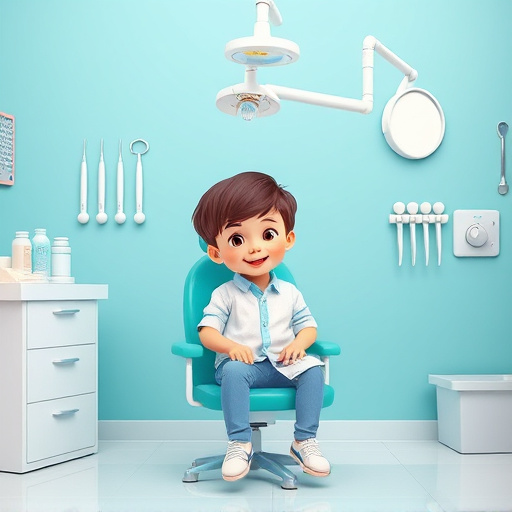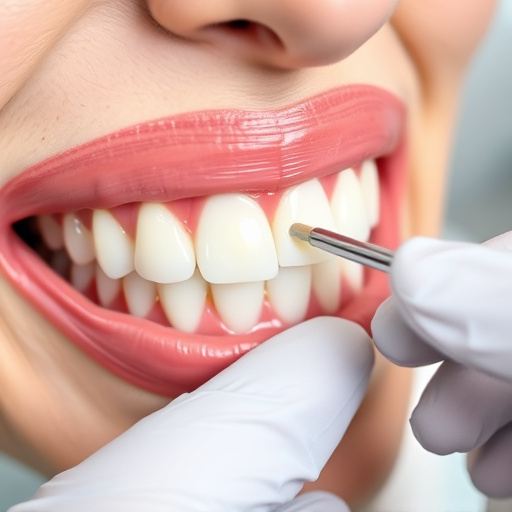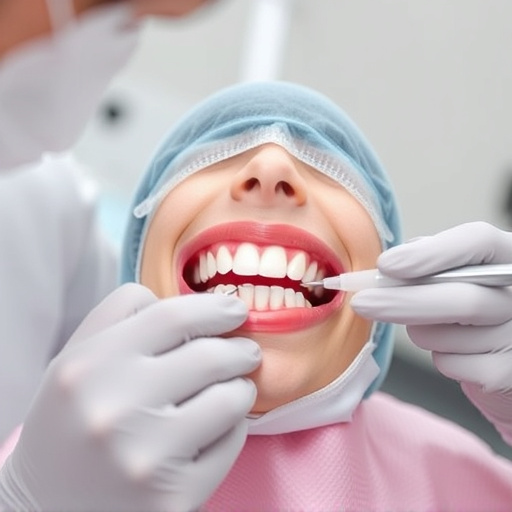Digital dental X-rays are transforming pediatric care by providing high-resolution images that enhance diagnostic accuracy and patient comfort. Compared to traditional film X-rays, these advanced sensors reduce radiation exposure by up to 80%, making them safer for children. By enabling faster detection of tiny cavities and abnormalities, digital X-rays facilitate precise treatments like cosmetic fillings, ultimately contributing to better oral health outcomes through streamlined exams and enhanced communication between dentists and parents.
In today’s digital era, embracing innovative technologies in pediatric dental care is paramount. Digital dental X-rays offer a game-changer in oral health management for children. This article explores the multifaceted advantages of transitioning from traditional film X-rays to digital alternatives. We delve into improved visualization and enhanced safety measures, including reduced radiation exposure, making it safer for young patients. Additionally, we provide practical guidelines on implementing digital X-ray equipment, staff training, and ensuring effective, safe procedures in pediatric dental practices.
- The Benefits of Digital Dental X-Rays for Kids
- – Advantages over traditional film X-rays
- – Improved visualization and diagnosis
The Benefits of Digital Dental X-Rays for Kids

Digital dental x-rays offer numerous advantages for pediatric dental care, enhancing both diagnostic accuracy and patient comfort. Unlike traditional film x-rays, digital sensors capture high-resolution images instantly, providing clear visuals that can be magnified and analyzed right away. This advanced technology allows dentists to detect even the smallest cavities or dental abnormalities, enabling early intervention and preventing more extensive treatments later.
Moreover, digital x-rays significantly reduce radiation exposure compared to conventional methods, making them safer for young patients. The immediate visualization of images means less time spent taking multiple x-rays, thus minimizing the child’s overall radiation dose. This benefit is particularly relevant when considering procedures like routine oral exams or even cosmetic dentistry interventions, where early detection and precise planning are key to successful outcomes, including wisdom tooth removal.
– Advantages over traditional film X-rays

Digital dental X-rays offer a multitude of advantages over traditional film X-rays when it comes to pediatric dental care. One of the most significant benefits is reduced exposure to radiation. Digital imaging uses far less radiation, making it a safer option for children and ensuring that they are not exposed to unnecessary levels of radiation during routine oral exams. This is especially important in the long term, as it lowers the cumulative radiation dose over a patient’s lifetime.
Moreover, digital X-rays provide instant, high-resolution images that can be easily stored and shared with other healthcare providers. This immediate access to detailed dental information allows for faster diagnosis and treatment planning, including identifying potential issues early on, such as small cavities that might go unnoticed with traditional film X-rays. Additionally, these advanced images facilitate precise procedures like cosmetic fillings and other cosmetic dentistry techniques, ensuring more accurate and effective pediatric dental care.
– Improved visualization and diagnosis
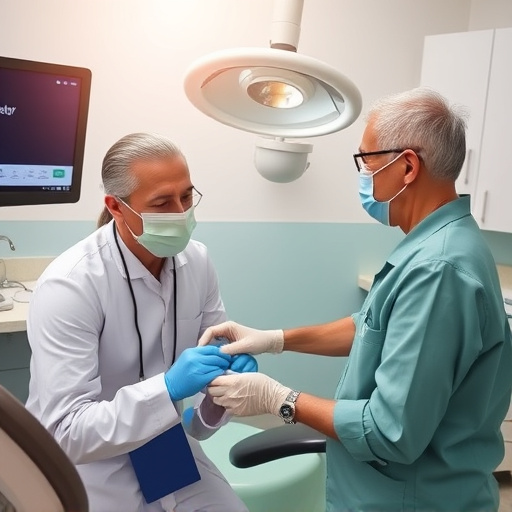
Digital dental x rays have revolutionized pediatric dental care by offering improved visualization and diagnosis. Unlike traditional film X-rays, digital versions provide instant, clear images that can be magnified and adjusted for better analysis. This advanced technology allows dentists to detect even subtle changes in a child’s oral health, such as early signs of tooth decay or gum disease, which can lead to more effective treatment planning. By enabling precise diagnoses, digital X-rays help minimize the need for extensive procedures like cosmetic dentistry or complex dental fillings in children’s dentistry.
Moreover, digital imaging reduces radiation exposure by up to 80% compared to film X-rays, making it a safer option for young patients. The ability to view and share images electronically also streamlines communication between dentists and parents, ensuring everyone is on the same page regarding oral health management. This benefit is particularly valuable when tracking growth and development over time, enabling prompt intervention if any issues arise.
Digital dental X-rays offer a safer, more efficient option for pediatric dental care. By eliminating the use of harmful radiation and providing clearer images, these advanced technologies enable precise diagnoses and effective treatment planning for young patients. Embracing digital X-rays is a significant step towards enhancing oral health outcomes for children while ensuring their well-being.


